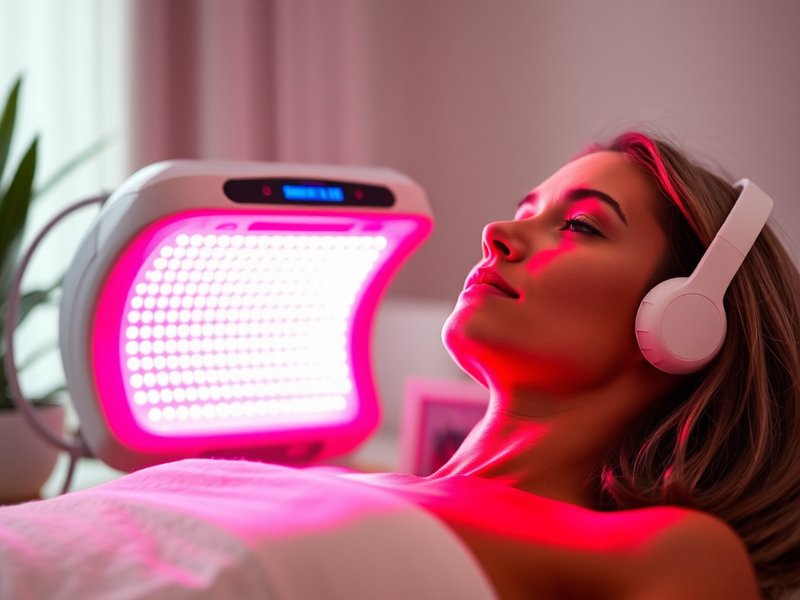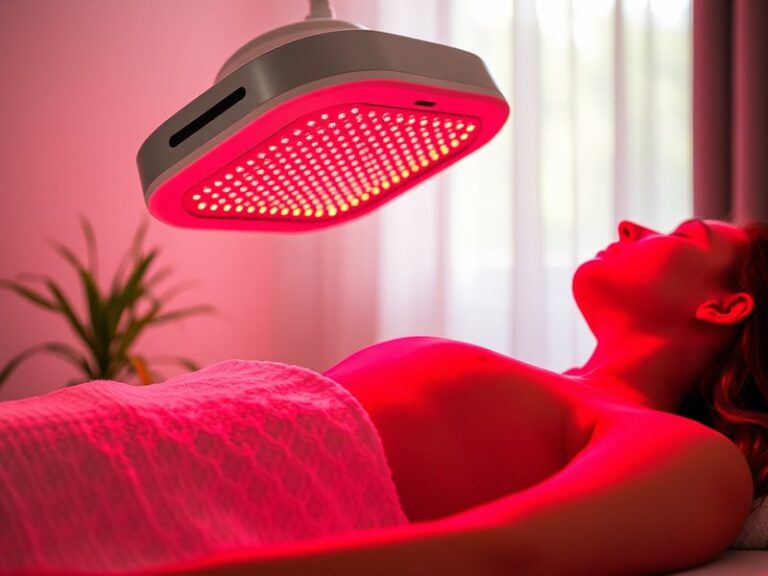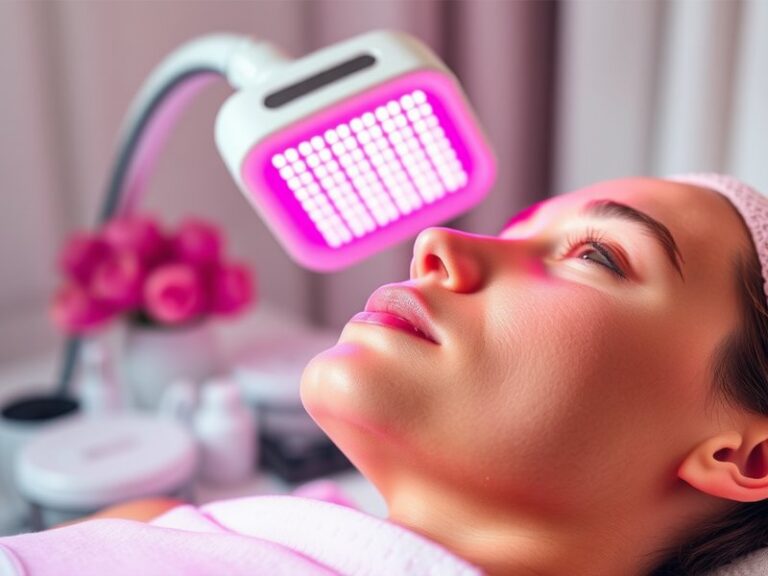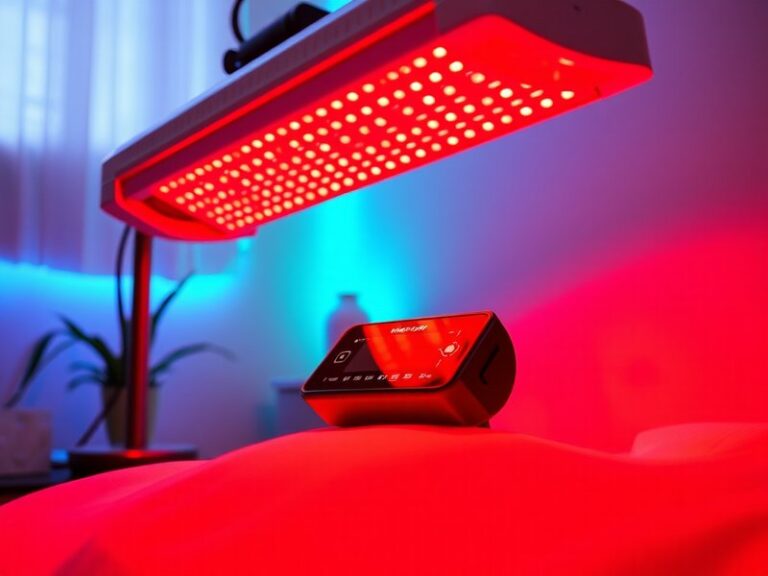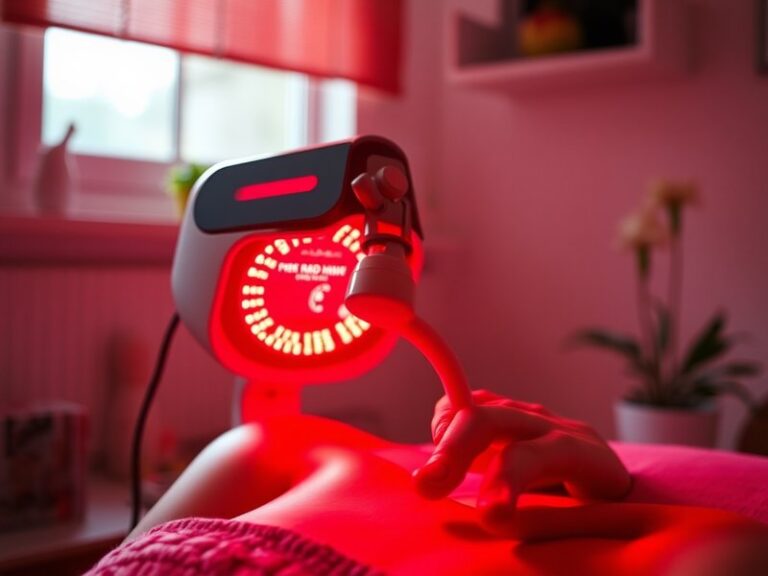Will Insurance Pay For Red Light Therapy?
Will Insurance Pay For Red Light Therapy?
Is red light therapy covered by insurance, and if so, under what circumstances?
This article provides an exploration of red light therapy, its potential benefits, its standing with insurance providers, and the factors that affect coverage. We will delve into the intricacies of what red light therapy entails, why it might be sought after, and what considerations individuals should keep in mind when navigating insurance policies regarding this treatment.
See what we think about Age for Red Light Therapy?
Key Takeaways
- Insurance coverage for red light therapy varies widely depending on the provider and the specific circumstances of the patient.
- The therapy is often utilized for both cosmetic and medical purposes, further complicating insurance reimbursement.
- Understanding the medical necessity and working with healthcare providers can enhance the chances of insurance coverage.
What is Red Light Therapy?
Red light therapy (RLT) is a treatment that uses low-level wavelengths of red light, typically between 600 to 650 nanometers, to promote healing and tissue repair. Originally developed by NASA for plant growth experiments in space, its medical applications quickly evolved, including using it to reduce inflammation, promote wound healing, and improve skin health.
RLT is generally applied via specialized devices, which can range from handheld tools to larger panels that cover significant body areas. It is also employed in various fields such as dermatology, physiotherapy, and sports medicine, attracting attention for its purported benefits in both healing and cosmetic improvement.
How Does Red Light Therapy Work?
RLT works by penetrating the skin and stimulating the mitochondria within cells, encouraging them to produce more adenosine triphosphate (ATP), which is the energy currency of the cell. This increased energy output can accelerate the healing process and reduce inflammation.
What are the Benefits of Red Light Therapy?
Understanding the benefits of red light therapy can help individuals assess its importance and implications for their health. The following points highlight some of the therapy’s advantages.
Pain Relief
Numerous studies suggest that RLT can help alleviate chronic pain conditions by reducing inflammation and promoting cellular repair. This can be particularly beneficial for those suffering from joint pain due to arthritis or muscle pain from overuse.
Improved Skin Health
RLT is used for a variety of skin conditions, including acne, eczema, and psoriasis. It has shown promise in diminishing the appearance of fine lines and wrinkles, promoting collagen production, and enhancing overall skin texture.
Wound Healing
The therapy is effective in speeding up the healing process for wounds and injuries. Various clinical studies have demonstrated that the application of red light can improve tissue repair and regeneration significantly.
Enhanced Muscle Recovery
Athletes often turn to RLT for improved muscle recovery after intense workouts. The therapy can help reduce soreness and enhance overall performance by promoting faster repair of muscle tissues.
Is it Possible to Get Insurance Coverage for Red Light Therapy?
Whether you can receive insurance coverage for red light therapy largely depends on the specific reasons for its use and your insurance provider’s policies. Generally, if the therapy is prescribed by a healthcare professional for a medical condition, there may be a higher chance of coverage.
While some insurers recognize RLT for its medical benefits, others may regard it as an alternative therapy with limited supporting evidence, resulting in non-coverage for non-medical uses like cosmetics.
What are the Advantages of Getting Insurance Coverage?
Obtaining insurance coverage for red light therapy can make it significantly more accessible for individuals needing it for medical reasons. Here are some advantages:
Financial Relief
Having insurance coverage can alleviate the financial burden of receiving regular treatments, which can add up, especially if multiple sessions are needed.
Access to Qualified Professionals
Insurance often facilitates access to qualified healthcare providers who specialize in RLT, ensuring patients receive professional treatment rather than relying on over-the-counter devices.
Potential for Combined Treatments
If RLT is covered, it may be part of a larger treatment plan that includes other covered procedures, such as physical therapy or medical consultations, leading to a more comprehensive approach to health.
What are the Disadvantages of Trying to Seek Coverage?
While seeking coverage can be advantageous, there are potential downsides to consider.
Varied Plan Differences
Insurance coverage can differ significantly between plans, making it crucial to check your specific policy or consult with your provider regarding the details.
Need for Medical Necessity Documentation
Most insurers will require documentation proving the medical necessity of red light therapy, which may entail additional consultations or paperwork from healthcare providers.
See why in Does Red Light Therapy Work for Wrinkles?
Out-of-Pocket Costs
In some cases, patients might need to pay upfront costs and wait for reimbursements from their insurer, leading to unexpected financial strain in the interim.
What are the Things to Consider Before Pursuing Red Light Therapy?
Before deciding to pursue RLT, especially regarding insurance coverage, consider key factors that can influence your experience.
Consult with Your Healthcare Provider
Before initiating RLT, consult with your healthcare provider to discuss whether it’s suitable for your condition. They can provide insights into its effectiveness for your specific case and assist with documentation needed for insurance claims.
Research Your Insurance Policy
Investigate your insurance policy to understand if RLT is covered, under what situations, and what documentation might be required. This knowledge will guide your expectations and planning.
Evaluate Treatment Goals
Clarify your treatment goals with RLT. Is it for a cosmetic enhancement or a medical condition? Differentiating these intentions can significantly affect insurance claims.
What are the Alternatives to Red Light Therapy?
If red light therapy is not covered by insurance or is deemed unsuitable, there are alternatives for those seeking similar benefits.
Physical Therapy
For pain relief and muscle recovery, traditional physical therapy remains a viable option, often covered by insurance and tailored to individual needs through hands-on techniques and exercises.
Laser Therapy
Similar to RLT, laser therapy employs specific wavelengths of light therapy but can often target deeper tissues, making it useful for various conditions. Insurance coverage may vary based on the procedure’s intended medical purpose.
Topical Treatments
Depending on your skin condition, various topical treatments, including medicated creams or serums, can provide relief. These often have established insurance pathways compared to RLT.
Conclusion: Is it Recommended to Pursue Red Light Therapy?
While red light therapy shows promise and offers numerous benefits, whether it is recommended depends on various factors, including individual health needs, treatment goals, and insurance considerations. If RLT is deemed appropriate and potentially beneficial for a medical condition, working closely with healthcare providers and insurance representatives can facilitate access, thereby enhancing the likelihood of coverage and overall treatment success.
Frequently Asked Questions
Does insurance cover red light therapy for cosmetic purposes?
Most insurance policies do not cover RLT for cosmetic purposes as they generally consider such treatments elective. Coverage is more likely for conditions deemed medically necessary.
What documentation do I need to provide for insurance coverage?
Patients typically need a prescription from a healthcare provider detailing why RLT is necessary for their medical condition, along with any relevant medical history and treatment plans.
How many sessions of red light therapy are generally needed to see results?
The number of sessions required can vary based on the individual condition being treated. Many patients report positive results after 5 to 10 sessions, but this can differ widely.
Can I use at-home red light therapy devices instead of professional treatments?
At-home devices are available and may offer benefits for general wellness or slight improvements, but they often do not provide the same intensity or effectiveness as professional treatments supervised by medical personnel.
What should I do if my insurance denies coverage for red light therapy?
If your insurance denies coverage, you may appeal the decision by providing additional documentation from your healthcare provider, reinforcing the medical necessity of the therapy. Consulting with patient advocacy organizations can also be helpful.
